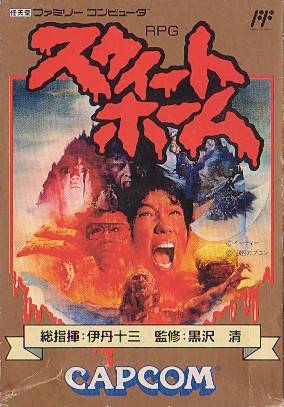As a kid, going to Blockbuster with my older brother was the highlight of the month; since we weren’t rich enough to keep buying new games, we had to recycle our games or rent them. Like most normal people, my mother got paid every two weeks; so every two to three weeks, as a family, we went to our local Blockbuster. My brother and I ended up gravitating towards games that looked interesting based on the cover, description, or if it was multiplayer.
Buying or renting games meant getting ones that were either age appropriate for me, the speculation if it would be good, or ones where my brother and I could co-op. To give a little back story/context my mother was a tad bit over protective when she was raising us. Hell, I wasn’t even allowed to play with toy guns, be it Nerf or water, as my mother’s thinking was it would turn me into a killer. So when the few times I could actually go to an arcade without my mom, I would play games such as Time Crisis and Virtua Cop, but especially House of the Dead. This might explain why I’ve never really had the accessibility to have a sweet love affair with any Horror games besides my occasional House of the Dead. So for 1989’s Sweet Home, this is wish fulfillment on multiple levels.
Released for Nintendo’s Famicom in 1989, Sweet Home was developed and produced by Capcom (we are all familiar with the love affair these two companies had in the 80’s and 90’s, right?). Often Sweet Home is sighted as being the father of survival horror games; as well as being the main influence for the initial Resident Evil. Sweet Home is based on and was released in tandem with the horror film of the same name as this old commercial showcasing not only the game play but as well as scenes from the film points out. Kiyoshi Kurosawa, director for the Sweet Home film, also oversaw the game’s development.
Sweet Home sees a small team set out to discover the mystery of the famous painter Ichirō Mamiya, who vanished without a trace, leaving five hidden Fresco paintings behind in his enormous mansion. The team consists of five unique members who enter the mansion and are immediately trapped by a ghost. The ghost tells them that the mansion is slowly but steadily falling apart, thus Sweet Home becomes a race against time as they not only have to document their findings, but more importantly, survive.




